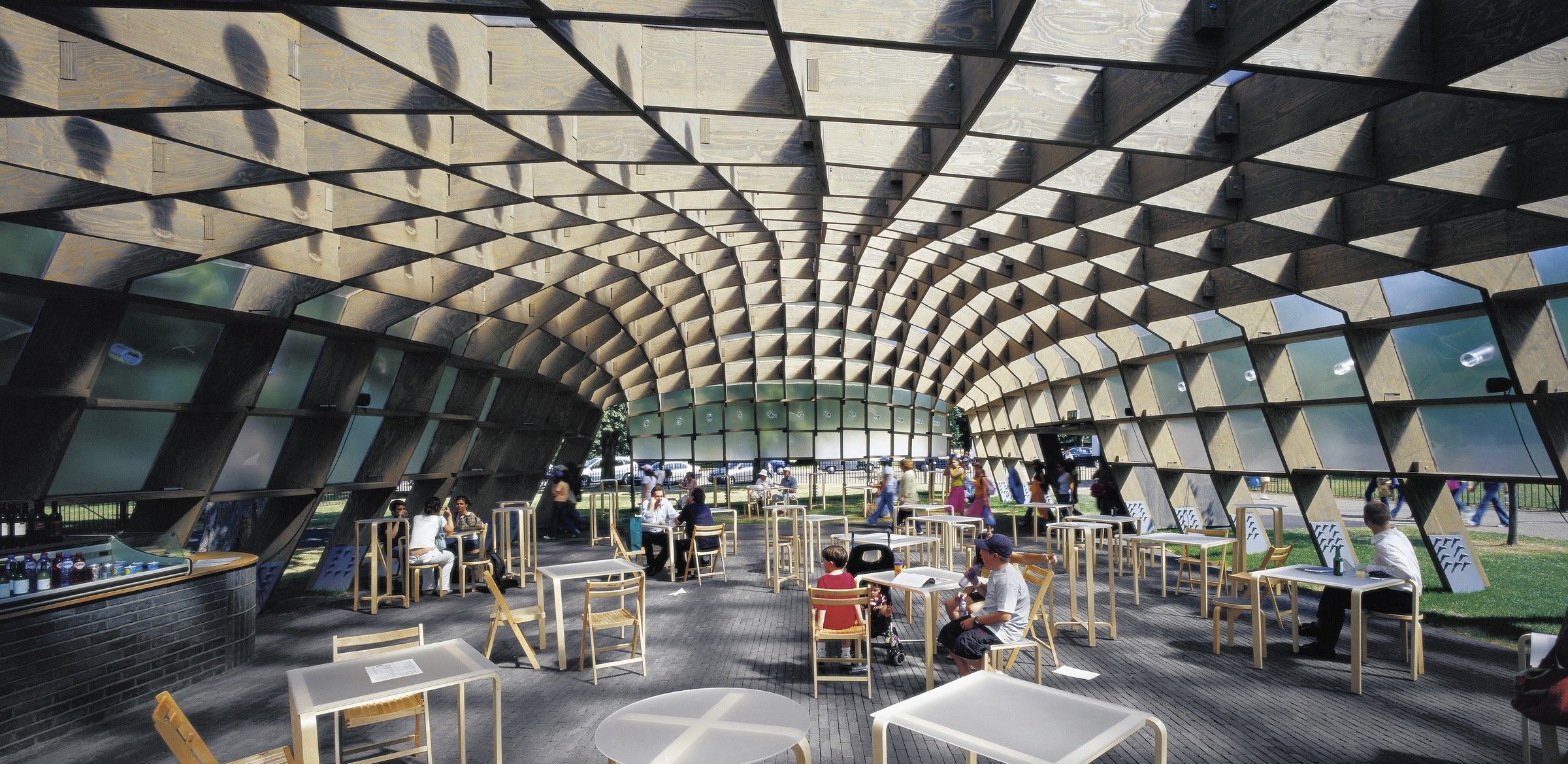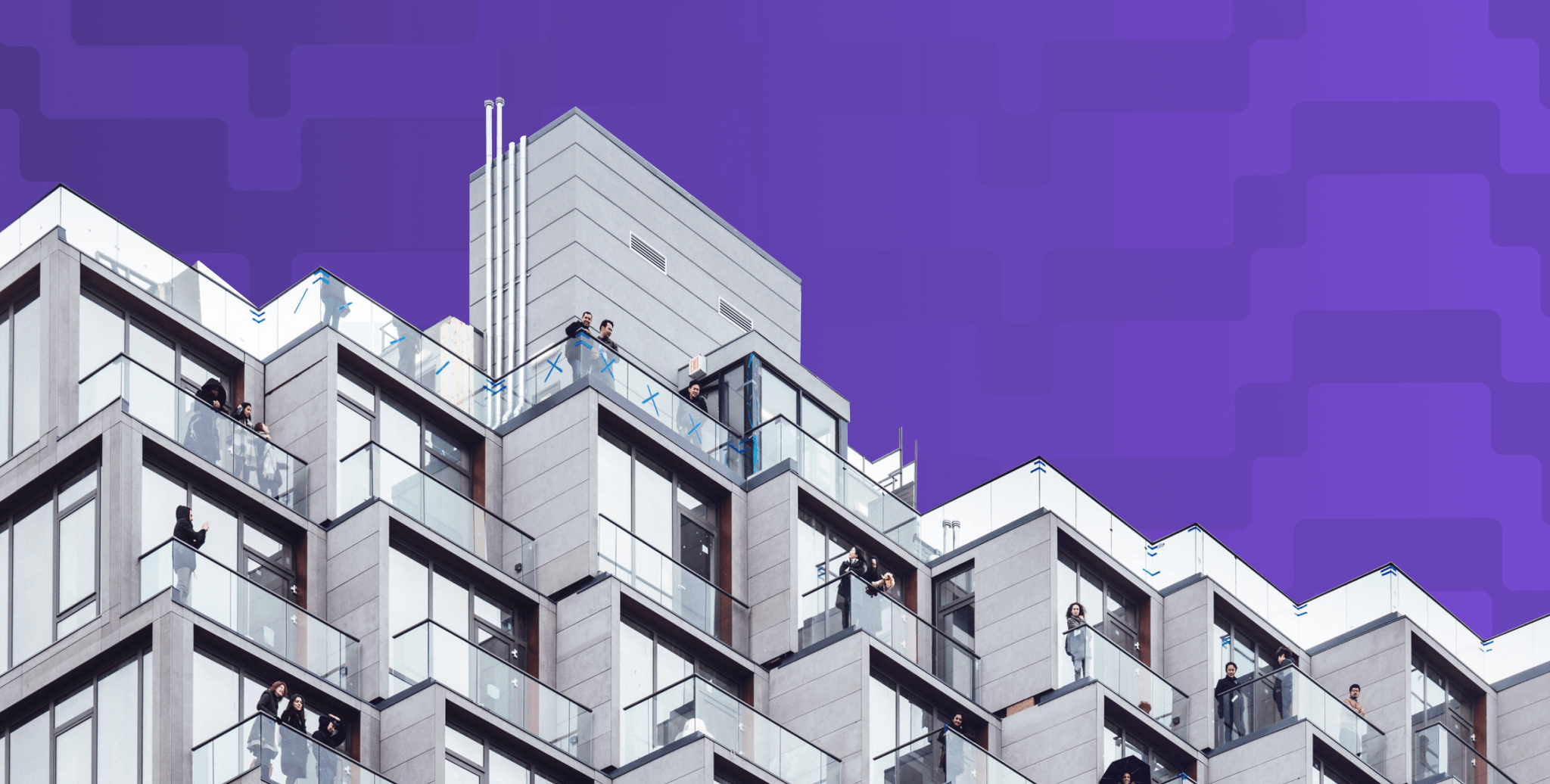
The earth is home to 8 billion people and this number continues to grow with every passing day. Thanks to the advancements in technology, the global healthcare system has improved, leading to increased life expectancies. However, as we celebrate this feat, it's equally important to see the other side of the story.
The exponential surge in global population has increased the demand for resources, resulting in their scarcity. The lack of amenities, infrastructure, and housing has become a pressing concern, especially in urban areas where the density of population is skyrocketing. According to the United Nations, around 1.6 billion people worldwide lack adequate housing, with an estimated 150 million people being homeless. Such an alarming figure suggests that the global housing crisis will become more severe in the near future.
What is Causing the Global Housing Crisis?

The development of housing and infrastructure is a collaborative effort between policymakers, urban planners, and architects. As multiple stakeholders are involved in the process, project timelines often get delayed. Additionally, building construction activities are labor-intensive. So, the speed and quality of construction are variable and highly dependent on the skillset of the labor.
Rapid and unplanned urbanization is further deteriorating the status quo of global housing. The limited availability of land in urban areas has given rise to the construction of high-rise buildings. While countries are trying hard to fulfill the quantitative demand for housing through vertical expansion, the spatial quality of such projects is questionable. Typically, affordable mass housing projects are characterized by monolithic structures, narrow alleys, long passages, poor light and ventilation, substandard quality of construction, and a lack of open spaces. This is creating a scarcity of liveable housing infrastructure across the globe.
The soaring prices of real estate have paralyzed people’s buying power. Further, the rise in the global inflation rate is also reducing housing affordability. Owning a house has become a distant dream for the middle-class and poor. As a result, the affordable housing crisis is on the rise.
How can Technology help in Overcoming the Global Housing Shortage?
Technology is the new black. It is redefining every sector of the economy by making processes faster, more efficient, and more accurate. Speaking of the AEC industry, new-age tools and softwares are easing design and construction. Here is how technology can help address the challenges of global housing in the modern world:
Cost-Effective Design
Using technology can help in reducing project costs by providing insight into the distribution of resources. For example, by using BIM technology, architects can quantify and optimize material usage thereby reducing the construction cost.
Timely Project Completion
The use of technology can help streamline construction processes and make them more efficient. For example, project management softwares such as Revit and Microsoft Projects can be used to manage project timelines, track materials, and equipment, and automate administrative tasks.
Good Quality Construction
Technology can help improve the accuracy and precision of construction work. For example, laser-guided equipment such as CNC can be used to ensure that foundation and framing work is perfectly level and plumb. This can result in better quality construction and fewer issues with the building’s structural integrity.
Sustainability
The adoption of technology can improve the sustainability of construction projects. For example, green building materials and energy-efficient technology can be incorporated into building design and construction, leading to reduced energy consumption and environmental impact over time.
Space Optimized and Functional Design
Technology aids in better visualization of spaces which helps in achieving efficient space usage. For example, the use of computational tools can help in generating multiple design ideas, from which architects can select the one that meets all project requirements.
Which Technologies are Helping Overcome the Global Housing Crisis?
According to a report by the McKinsey Global Institute, the world will need to build an average of 3 million new homes every week to keep up with population growth and urbanization over the next 20 years. Technology can become a vital tool to keep up with the growth in demand for housing. Below are the key technologies that prove to be an effective solution for the global housing crisis:
3D Printing

3D printing is a manufacturing process that involves creating a three-dimensional object by layering material such as plastic, metal, or concrete based on a digital model. This technology is used in construction projects to produce building components, such as walls, roofs, and foundations. Construction companies can reduce the amount of labor required and minimize waste, resulting in faster and more efficient construction. Additionally, 3D printing can help in precisely and accurately transitioning designs into reality which otherwise is difficult to achieve through manual construction methods.
Prefabrication and Precast
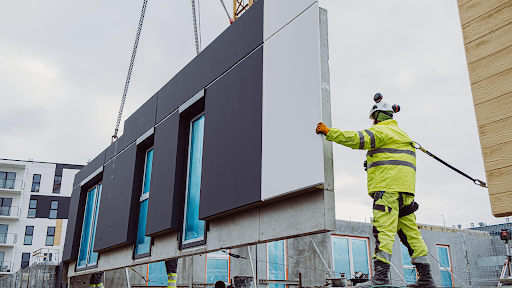
Prefabrication and precast construction methods involve manufacturing building components in a factory setting before transporting them to the construction site for assembly. While prefabrication refers to the manufacturing of building components from various materials, precast construction specifically refers to the manufacturing of concrete building components. These methods reduce the amount of time required for on-site construction, thereby helping more speedily and economically. They can improve the quality of construction by allowing for more precise manufacturing and better quality control. Additionally, by producing building components in a factory, construction companies can take advantage of economies of scale and reduce costs.
Modular Construction
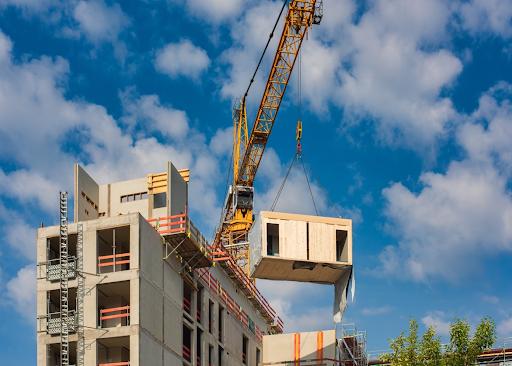
Modular construction involves the creation of entire building units, such as apartments or houses, in a factory before transporting them on-site for assembly. Similar to prefabrication and precast methods, modular construction helps in faster and more efficient project completion. Modular construction can be used to produce standardized housing units, making it easier to mass-produce affordable housing units. This technology is highly beneficial for the construction of high-rise buildings where the floor layouts are repetitive. Since the construction of buildings is modular, the quality of work can be ensured at the development stage.
Computational Design
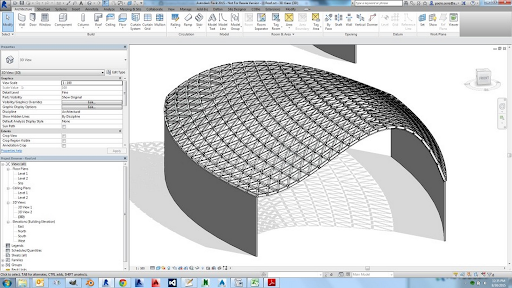
Computational design is a next-gen technology that uses algorithms, parameters, and computer programs to generate building designs. Computational design is created with software programs like Rhinoceros 3D, Siemens NC, CATIA, Dynamo, Marionette, Param-O, Vizpro, Fusion 360, and Grasshopper. By using computational design tools, architects can generate multiple design options quickly, and test and compare them to identify the most efficient and cost-effective options. They can customize designs to meet the specific needs of different communities and demographics. Further, computational design tools can help in optimizing building designs for efficiency, cost-effectiveness, and sustainability.
Read: Understanding Computational Design (The Ultimate Guide) - 2023
Building Information Modeling
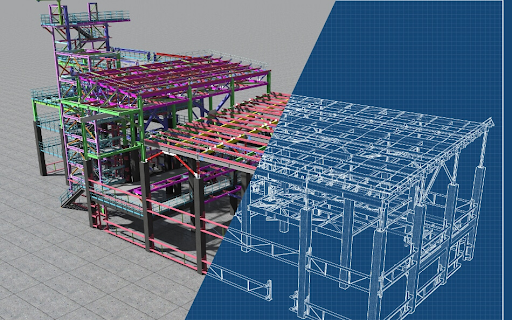
Building Information Modeling (BIM) is a technology that enables architects, engineers, and construction professionals to create detailed digital models of buildings and infrastructure projects. BIM facilitates collaboration and communication between project stakeholders. By sharing a single digital 3D model, architects, engineers, contractors, and building owners can work together more efficiently and effectively. By creating a digital model, BIM can help to identify potential issues and clashes before construction begins, reducing the risk of errors and delays. This can also help in achieving optimum space utilization and sustainability, thereby making it easier to construct affordable and environmentally-friendly housing units.
Key Takeaways
A conscious collaborative effort between the government and AEC professionals can lead to the creation of a comfortable, affordable, and healthy global housing infrastructure. Technology can be a key enabler in achieving this goal. By leveraging technological advancements, builders can streamline processes, improve accuracy, and ultimately deliver projects more quickly and efficiently than ever before.
If you want to equip yourself with the above-mentioned technologies, Novatr can help you! It is a digital education platform meant for architects, engineers, and designers, providing real-world exposure and industry-relevant skills. The major courses offered are:
BIM Professional Course: Learn about BIM theory from scratch and understand its applications in the global AEC industry. Decode how to incorporate BIM into the entire lifecycle of a project.
Computational Design Course: Discover the various fields of computational design and how to use them to design and build architectural projects. Master advanced computational tools and industry workflows.
Check them out to make yourself future-ready!
Was this content helpful to you










